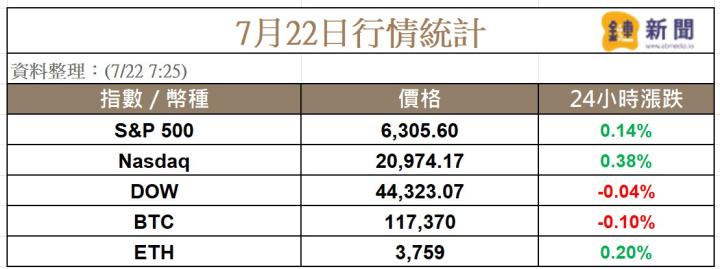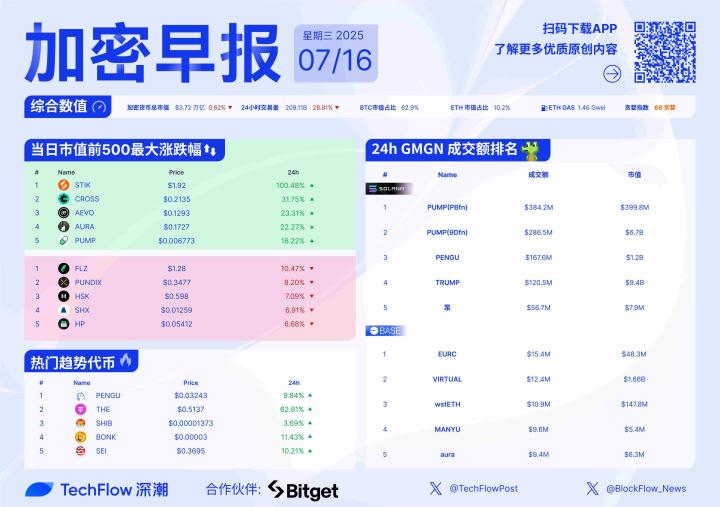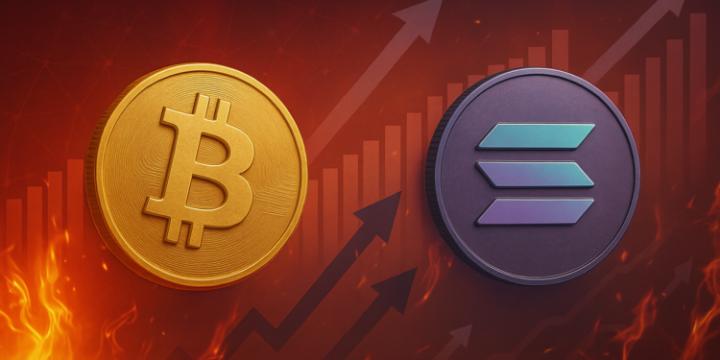Don't mourn the passing of the meme wave, truly high-quality assets are landing on SOL.
Written by: Bright, Foresight News
After 5 months, SOL has once again crossed the $200 mark.
In the period from 2024 to early 2025, SOL's price fluctuations were undoubtedly closely related to the meme market's heat. At the peak of Trump's token launch FOMO, SOL reached a historical high of $295 in a single day, but after Milei's token Libra harvest in February 2025, various launch platform battles, and the overall weakening of the meme market, SOL's price also fell into a trough.
Dropping from nearly $300 to $95, voices predicting SOL's demise never stopped - the labels "meme chain" and "casino chain" hung over SOL. Some criticized memes for destroying blockchain innovation, others worried about the industry's reputation, while most traders cursed why their SOL was still falling while desperately mining shit coins. For a time, the market seemed to believe that SOL had completely merged with memes, inseparable, and that without a meme market, SOL could not escape its shadow.
However, this is not the case. In Foresight News' January 2025 interview with Solana Foundation Chair Lily Liu, she stated that the current Solana ecosystem does not solely focus on application innovation like memecoin. If describing Solana's performance in 2024 with one word, the Solana Foundation would not simply use "meme".
Stock Tokenization Pioneer
"Solana's ambition has always been to become a new global financial infrastructure," Lily Liu said.
In April this year, Lily Liu stated in a discussion on "CeFi and DeFi Trading: Aggregation and Infrastructure" that the boundaries between CeFi, DeFi, and even FinTech are gradually blurring. For users, what ultimately matters is not the underlying architecture, but whether they can seamlessly access protocols and applications with high-performance, low-friction service experiences.
She noted that SOL's unique value lies not in replicating traditional market trading logic, but in bringing asset operation capabilities impossible in the traditional world. Through tokenization, users can quickly put assets (like money market funds, ETFs) on-chain and achieve instant staking, lending, and portfolio operations.
In early July, stock tokenization sparked a massive wave, with digital brokers and mainstream exchanges rushing in. Two main models emerged: xStocks supported by Backed and Robinhood's approach. Robinhood essentially uses blockchain as an efficient internal ledger, providing US stock derivative exposure, rather than an open DeFi ecosystem. xStocks' stock on-chain model offers more significant openness and composability, allowing ordinary users to trade freely on-chain.
Solana became the underlying infrastructure for xStocks, with stocks settled according to SPL standards. Prices are tracked through off-chain market maker mechanisms and collateral is regularly audited to reflect underlying securities' value. In simple terms, crypto-native companies like Backed.fi purchase stocks (e.g., TSLA), held by custodians, and mint corresponding tokens (e.g., bTSLA) on the public chain (currently mainly Solana). Tokens can be freely transferred and combined, but only qualified investors can directly mint/redeem.
As of July 22, the total market value of stock-tokenized tokens on the SOL network has exceeded $100 million, growing over 100% since early July.

The most compelling argument for stock tokenization is its potential to democratize financial access globally, which is precisely at the center of SOL's development focus.
Stock tokenization allows Southeast Asian or Latin American users to obtain US stock exposure based on SOL with just a mobile phone and internet, without meeting traditional bank fund amount restrictions. Additionally, it provides 24/7 market access and innovations traditional brokers cannot offer, such as self-custodial broker apps, complex structured products, or automatic yield vaults.
Now, Solana's TVL has returned to near its previous high, ready to rise with the world's demand for cryptocurrency or financial operation layers.

Of course, regulatory uncertainty and technical and security risks are also testing SOL's stability as a financial operation layer, which may require time to verify.
Beneficiary of Strategic Token Hoarding Trend
Listed companies implementing cryptocurrency reserve strategies have also become a direct driver of recent price increases. The number and scale of SOL treasury companies have evolved from the initial SOL Strategies' solo performance to today's diverse landscape.
On the evening of July 21, according to official announcement, US-listed company DeFi Development Corp announced another purchase of 141,300 SOL, with total holdings reaching 999,999 tokens, approximately $192 million.
Simultaneously, US-listed company Upexi announced buying 100,000 SOL for $17.7 million, with total holdings reaching 1.82 million SOL, valued at $331 million.
Additionally, on July 3, Rex-Osprey Solana + Staking ETF officially launched, becoming the first US fund offering direct cryptocurrency exposure with staking rewards. The fund holds SOL tokens through a Cayman Islands subsidiary and stakes at least half of its holdings. Companies like SOL Strategies, DeFi Development Corp, and Upexi also use purchased SOL for operating validator nodes and providing services. Staking ETFs and treasury companies together become key contributors to the SOL ecosystem, creating a positive cycle.
However, treasury company stock prices are influenced by multiple factors, with high volatility and risks. Investors should remain cautious. Last night, digital financial technology group Mercurity Fintech Holding Inc. (NASDAQ: MFH) announced a $200 million equity credit agreement with Solana Ventures Ltd. to launch a digital asset treasury strategy based on Solana blockchain. However, its stock price crashed during trading, dropping over 80%, raising suspicions of using news to pump and dump.

Meme Headquarters
Although Solana has shifted its strategic focus to building a global financial operation layer, meme as a crypto-native category still maintains its resilience and unique charm.
Recently, "Fat Penguin" Pudgy Penguins token PENGU has shown impressive growth, with market cap approaching $2.3 billion, recently surpassing TRUMP to become the second-largest meme token on SOL.

The launch platform Pump.fun, which sparked the 2024-2025 meme craze, also conducted its TGE in July, maintaining a peak market cap around $6 billion, ranking among the top fifty cryptocurrencies. Although PUMP's token launch was turbulent and faced FUD, its public offering and official TGE performance demonstrate the market's recognition of the meme ecosystem.

SOL's on-chain memes have never stopped creating. BONK-supported Bonkfun took over from Pump.fun, and recently launched a multi-million dollar large MC memecoin Ani with Musk XAI concept. SOL remains the first choice for tokenizing world information, providing possibilities for countless crypto-native players and traditional financiers.








